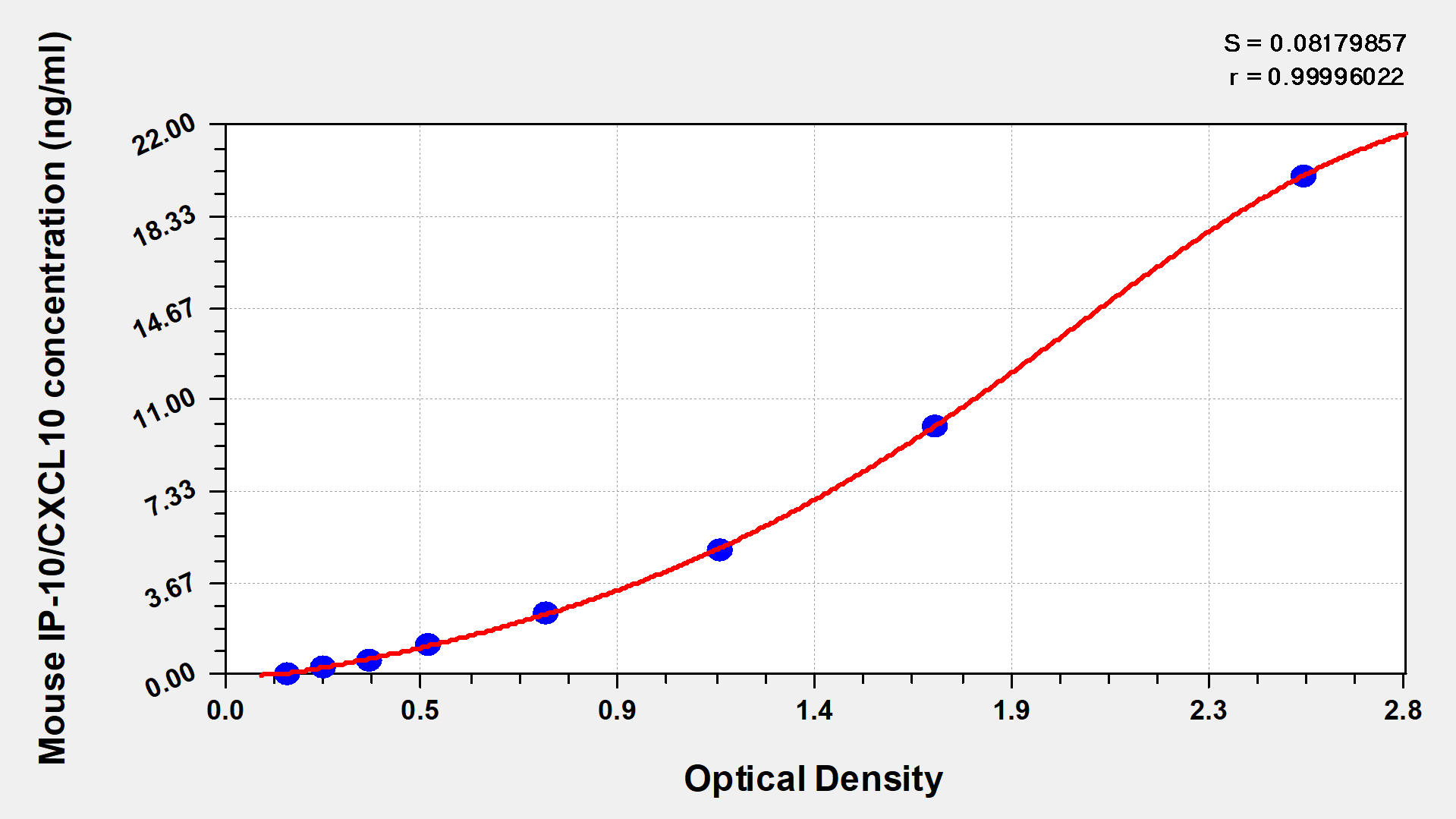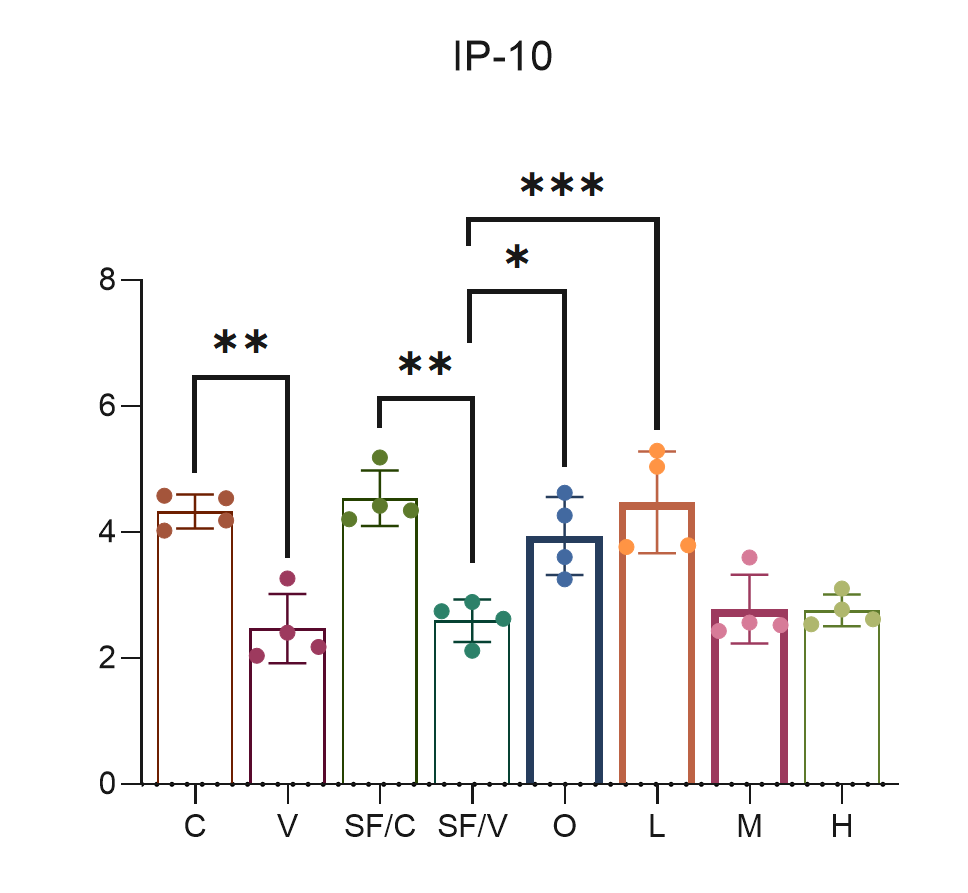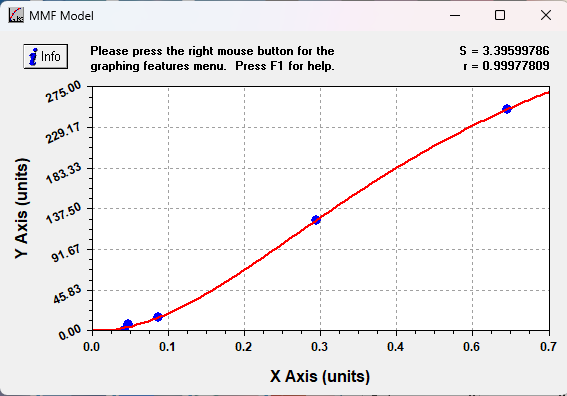The mouse interferon-inducible protein 10 (IP-10) ELISA Kit is used to quantitatively measure mouse IP-10 levels in serum, plasma, or tissue homogenates. It performs well in important characteristics, including sensitivity and specificity. This assay is based on the sandwich ELISA mechanism and enzyme-substrate chromogenic reaction. The solution color develops proportionally to the amount of IP-10 in the sample. And the intensity of the color can be measured at 450 nm via a microplate reader.
IP-10, also called CXCL10, takes part in chemotaxis, induction of apoptosis, regulation of cell growth, and mediation of angiostatic effects. CXCL10 is linked to numerous human diseases, including infectious diseases, chronic inflammation, immune dysfunction, tumor development, metastasis, and dissemination. It binds to the CXCR3 receptor to exert these biological effects. CXCL10 can also interact with glycosaminoglycans (GAGs), thus suppressing endothelial cell proliferation and fibroblast migration in a CXCR3-independent manner. Additionally, CXCL10 has been identified to be a significant biomarker of disease severity. It can be used as a prognostic indicator for various renal diseases, such as renal allograft dysfunction and lupus nephritis.








